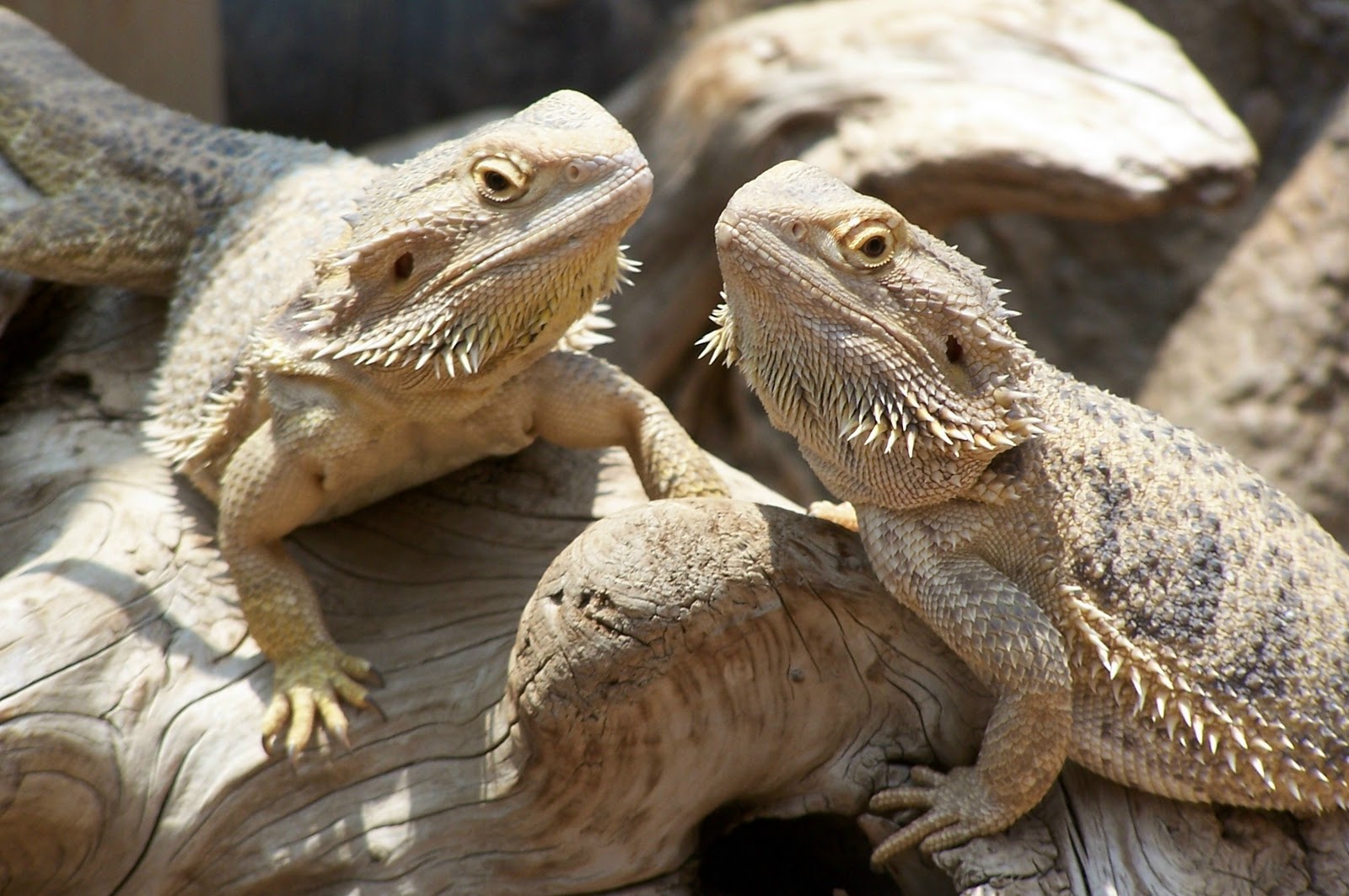Creating the Perfect Bioactive Enclosure for Your Bearded Dragon
Creating the Perfect Bioactive Enclosure for Your Bearded Dragon

Bearded dragons are popular pets that require a proper living environment to stay healthy and happy. One of the latest trends in reptile care is creating bioactive enclosures as they mimic the natural habitat of bearded dragons. It’s a proven fact that reptiles thrive better in bioactive setups where they can mimic their natural behavior. If you’re interested in creating a bioactive enclosure for your bearded dragon, read on.
What is a Bioactive Enclosure?
A bioactive enclosure is an enclosure that resembles a natural environment, complete with living organisms such as plants and insects. The benefit of a bioactive enclosure is that it creates a self-sustaining ecosystem that requires minimal intervention from you as the owner.
Why Choose a Bioactive Enclosure for Your Bearded Dragon?
Bioactive enclosures provide several benefits for your bearded dragon, including:
- Mimics natural habitat
- Provides stimulation for your bearded dragon
- Helps maintain proper humidity levels
- Grows live plants that provide hiding spots and food for your pet
- Increases air quality
Creating a Bioactive Enclosure
To create a bioactive enclosure, you will need a few essential items:
- Enclosure
- Bioactive substrate
- Live plants
- Clean-up crew
- Lighting & heating
- Furniture & decorative items
Enclosure
The first step is to choose an appropriate enclosure for your bearded dragon. Make sure to choose an enclosure that is big enough for them to move around freely. A 40-gallon tank is the minimum size recommended for a single bearded dragon. Check that the top is well-ventilated and secure, as bearded dragons are great climbers.
Bioactive Substrate
The substrate is the foundation of the enclosure and the critical component of a bioactive enclosure. You can use a wide variety of substrates such as coconut coir, sphagnum moss, or a mixture of the two. Ensure the substrate remains moist as the live plants and bugs require it for survival. Choose substrate that is safe and digestible for your animal.
Live Plants
Live plants provide natural cover, shade, and hiding places for your bearded dragon. They help to create a more natural environment and contribute to maintaining a healthy ecosystem. Choose plants that are suitable for bearded dragons such as succulents, bromeliads, pothos, wandering jew, and snake plant.
Clean-up Crew
Clean-up crews are essential in managing the bioactive setup. They feed on decaying matter such as leftover food, feces, and dead plant material. This nutrient cycling ensures that the substrate remains fertile and enhances the soil’s health by breaking down waste material. Clean-up crews consist of various bugs like isopods, springtails, and worms.
Lighting & Heating
Bearded dragons require specific lighting and heating to stay healthy. They need a basking spot with temperatures ranging from 95-105°F and a cooler side with temperatures ranging between 75-85°F. Use UVB lighting to maintain optimal health and to facilitate the synthesis of vitamin D3. Ensure to get a bulb that provides both heat and UVB radiation to replicate sunlight for your bearded dragon.
Furniture & Decorative Items
Adding furniture and decorative items to your bearded dragon’s enclosure can give them a more comfortable and homely environment. You can include items like climbing branches, hides or rocks, and reptile waterfalls. These will help create a more natural environment, providing cover and a safe spot for your pet to relax.
Conclusion
A bioactive enclosure will provide your bearded dragon with an environment that mimics their natural habitat while promoting their health, well-being, and happiness. Always remember to research and make informed decisions when selecting items for your pet’s enclosure. Following these tips will ensure that your bearded dragon has a safe and thriving bioactive environment.
